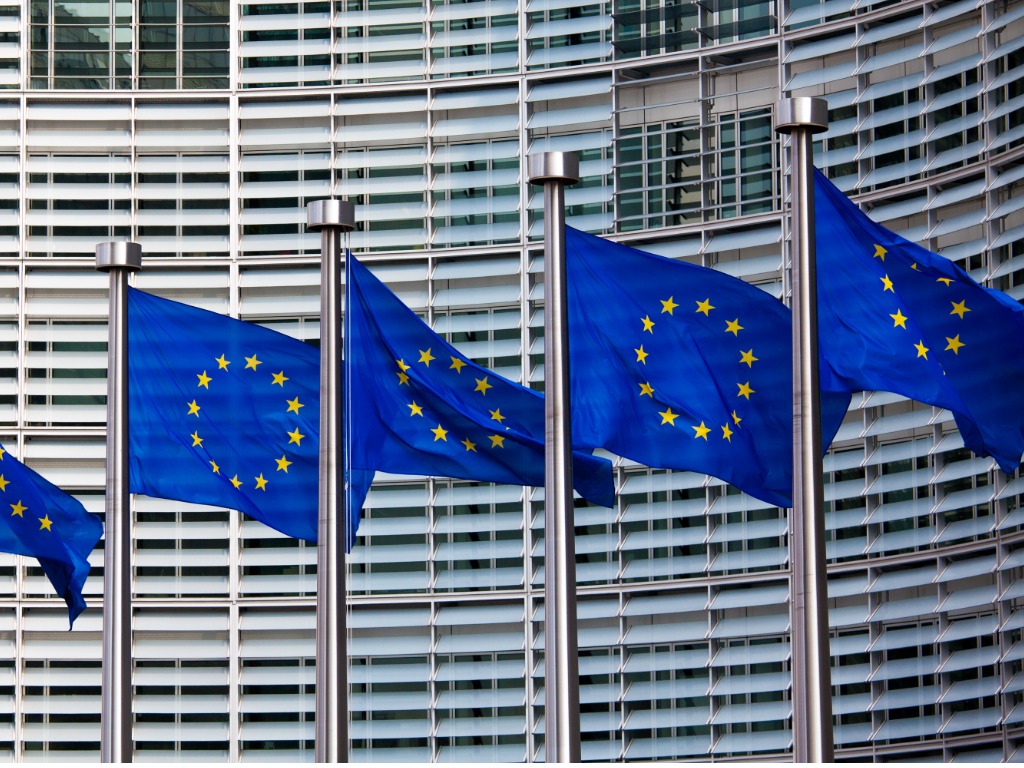EU Lawmakers Warn Against Relying too Heavily on Carbon Removals to Hit Climate Goals
Lawmakers in the European Parliament adopted on Tuesday a resolution on Sustainable Carbon Cycles, the EU Commission’s action plan on how to develop sustainable solutions to increase carbon removals, acknowledging the potential for carbon removals to limit climate change, but warning against relying too heavily on them to pursue the EU goal to reach climate neutrality by 2050 and to achieve net negative emissions after 2050.
Carbon removal is emerging as a key tool in the fight to address climate change, although most technologies and solutions to capture and store carbon from the atmosphere remain at fairly early stages. According to the landmark IPCC climate change mitigation study released last year, scenarios that limit warming to 1.5°C include carbon dioxide removal (CDR) methods scaling to billions of tons of removal annually over the coming decades. Carbon removal solutions range from industrial technologies such as Direct Air Capture projects to natural carbon sinks.
While noting the role of carbon removals to achieve the EU’s decarbonization goals, however, Parliament stresses that the EU must always prioritize swift and predictable emission reductions.
The EU Commission adopted its Sustainable Carbon Cycles Communication in December 2021 outlining the need to scale up carbon removal and long-term storage solutions, along with proposed actions to tackle challenges to the deployment of solutions, including expanding carbon farming to use the land sector to capture CO2 by providing land managers with access to verified emission and removal data, and requirements for the industrial sector to remove carbon from the atmosphere, and to use carbon from sustainable non-fossil sources.
More recently, the Commission adopted a proposal for a certification framework in December aimed at enabling the quantification, monitoring and verification of carbon removals. The proposal detailed a series of criteria to ensure the quality and comparability of carbon removals, including the need to accurately measure the climate benefits and for the activities to be additive to current practices, a requirement for certificates to be linked to the duration of carbon storage, and for the carbon removal activity to preserve or contribute to sustainability objectives such as climate change adaptation, circular economy, water and marine resources, and biodiversity.
The EU Parliament said that it noted the Commission’s certification proposal and its intention to establish a framework to identify activities that clearly remove carbon from the atmosphere, while stressing that the framework should be used to incentivize carbon removals.
The resolution also stated that technologies such as Direct Air Capture (DAC), which extracts CO2 directly from the atmosphere for use as a raw material or permanently removed when combined with storage, while MEPs also noted the role of carbon capture and storage (CCS) and carbon capture and use (CCU) solutions, with a call on the Commission to establish a system to trace captured carbon, distinguishing between that captured on site and carbon captured from the atmosphere.
In its statement announcing the adoption of the resolution, Parliament also stressed that agriculture and forestry should play a significant role in the EU’s target to reach removals of 310 million tonnes CO2 equivalent by 2030 from the land use sector, and noted the opportunity for carbon farming to help farmers transform their business models and reward those engaged in transitioning towards agro-ecological and sustainable agroforestry practices that also promote biodiversity.
Committee on the Environment, Public Health and Food Safety rapporteur Alexander Bernhuber said:
“We support sustainable carbon cycles and the concept of carbon farming, which can actively contribute to climate change mitigation. Carbon farming can become another source of income for European agriculture and forestry. We also believe it should be voluntary and incentive-driven without unnecessary bureaucracy and obligations.”





